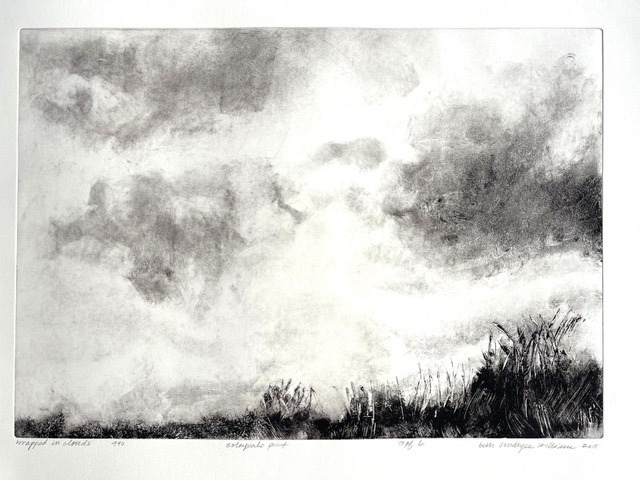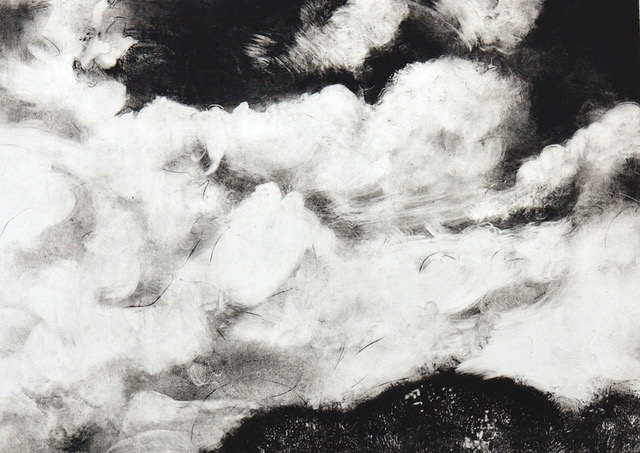Beth Vendryes Williams grew up on Long Island’s North Shore in a lively household with six younger siblings. With constant noise and movement around her, she turned to art as a space for quiet and reflection. Books, walks in the woods, sketching—these were her escapes. Drawing and painting became daily rituals, small acts of clarity in the midst of family chaos.

Over time, art shifted from habit to something more intentional. She began to reflect on why she created. For Beth, it wasn’t just about putting images on paper—it was a way to listen inward, to look for stillness. Her work carries that quiet. She tries to uncover beauty in the simple, everyday objects and scenes most people overlook. Her art isn’t about spectacle. It’s about seeing what’s already there—if you slow down enough to notice. She works in a range of mediums, each one a different way to speak: watercolor, pastel, oil, and mixed media.
Lately, she’s been working on a series of Solarplate etchings—pieces that merge process, light, and emotion in a subtle but intentional way. The images focus on clouds. Not dramatic storms, but soft, floating forms suspended in air, reflecting light and revealing the endless blue sky behind them. “I always wish I could be up there,” Beth says. “Just floating.” Her fascination isn’t just with how clouds look, but what they do. They recycle water. They move with wind currents. They shift and change. She sees them as soft signs of hope, never fixed, always becoming something else.

Beth’s process reflects that same openness. She uses Solarplate etching—a technique where a metal plate is coated with a light-sensitive surface. She studied under Dan Welden, who pioneered the method. “He’s an amazing teacher,” she says. “I’ve learned from him on and off for over 40 years.”
The process begins with a drawing scratched into the coated plate. Then it’s exposed to light. Where the drawing interrupts the light, the image begins to form. The plate is then inked and printed, producing a luminous, layered image. It’s a water-based and environmentally conscious method—another reason Beth is drawn to it. There are fewer chemicals, less mess, and fewer toxic materials involved. It’s a clean, intuitive way to work, and she appreciates the element of surprise it brings. No two prints are exactly the same.

Beth’s cloud etchings aren’t literal renderings. They lean into feeling. There’s a softness to the line work and a careful attention to tone and light. She uses negative space the way some painters use color. The clouds seem to glow not because they are heavily detailed, but because of what she chooses to leave out. That restraint gives her work its meditative quality.
She’s not trying to make a statement. She’s trying to offer a moment. The clouds aren’t symbols in any grand sense. But for Beth, they represent a way to look up, to pause, and to remember that the sky is still there—even when it’s hidden. “They reveal the blue skies above,” she says. “They’re a symbol of hope.”
That quiet optimism runs through all her work. Whether she’s painting, drawing, or etching, Beth seems more interested in presence than presentation. She doesn’t want to shock. She wants to steady. Her compositions are composed, considered, and built around light—how it falls, how it moves, and how it helps us see what we otherwise might miss.
Beth Vendryes Williams is the kind of artist whose work doesn’t need to shout. It settles in slowly, inviting you to stop and take a breath. Through her clouds and etchings, her drawings and soft brushwork, she gives you something rare: space. In her hands, art becomes less about decoration and more about awareness—a reminder that beauty and clarity are already there. You just have to look.

